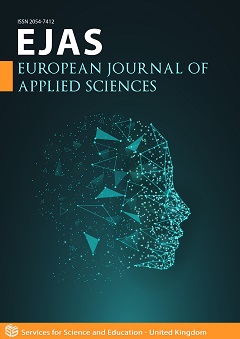Relationship between umbilical cord practices and neonatal cord outcomes among neonates attending Nakuru Level Five County and Referral Hospital, Nakuru, Kenya
DOI:
https://doi.org/10.14738/aivp.102.11487Keywords:
umbilical cord care, umbilical granuloma, delayed cord separation, omphalitisAbstract
Background: Globally neonatal mortality rate is 22 per 1000 live births, 98% of these deaths are from developing countries and umbilical infections contribute significantly to the etiology of these deaths.
Methods: A hospital based unmatched case control study design with study population comprising of neonates 14 days and older. Cases were neonates with umbilical granuloma, delayed cord separation and omphalitis. Controls were neonates without the aforementioned conditions. Collection of data was done using interviewer administered questionnaire and analyses done using SPSS Version 26. Probability outcomes relative to the predictors were predicted using logistic regression.
Results: Prevalence of adverse cord outcomes was 56.60%. 14.72% umbilical granuloma, 17.07% delayed cord separation and 29.52% omphalitis. Use of chlorhexidine digluconate for cord care was statistically significant in protecting an adverse cord outcome (OR=0.070, p=0.000) while use of other substances for cord care was statistically significant in predisposing the newborn to an adverse cord outcome (OR=11.813, p=0.000). Multiparity (OR=0.666, p=0.353) and sponge bathing the baby (OR=0.618, p=0.264) were protective while primiparity (OR=1.666, p= 0.241) and bathing the baby by immersion (OR=1.573, p=0.297) were risk factors.
Conclusions: Prevalence of adverse cord outcomes (umbilical granuloma, delayed cord separation, omphalitis) was high compared to the global prevalence thus a major public health concern. Adoption of WHO evidenced based chlorhexidine digluconate policy should be encouraged as a universally accepted method of cord care. The practice of home based post natal visits by community health workers should be strengthened as a way to link facility recommendations to the home environment
Downloads
Published
How to Cite
Issue
Section
License
Copyright (c) 2022 JUDY KITHAKA

This work is licensed under a Creative Commons Attribution 4.0 International License.






